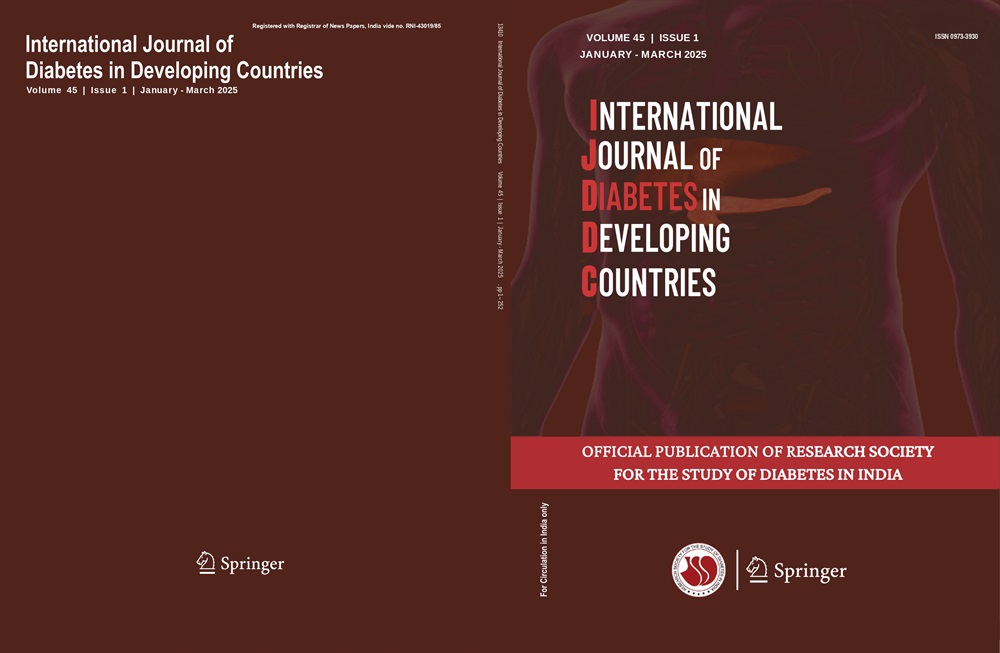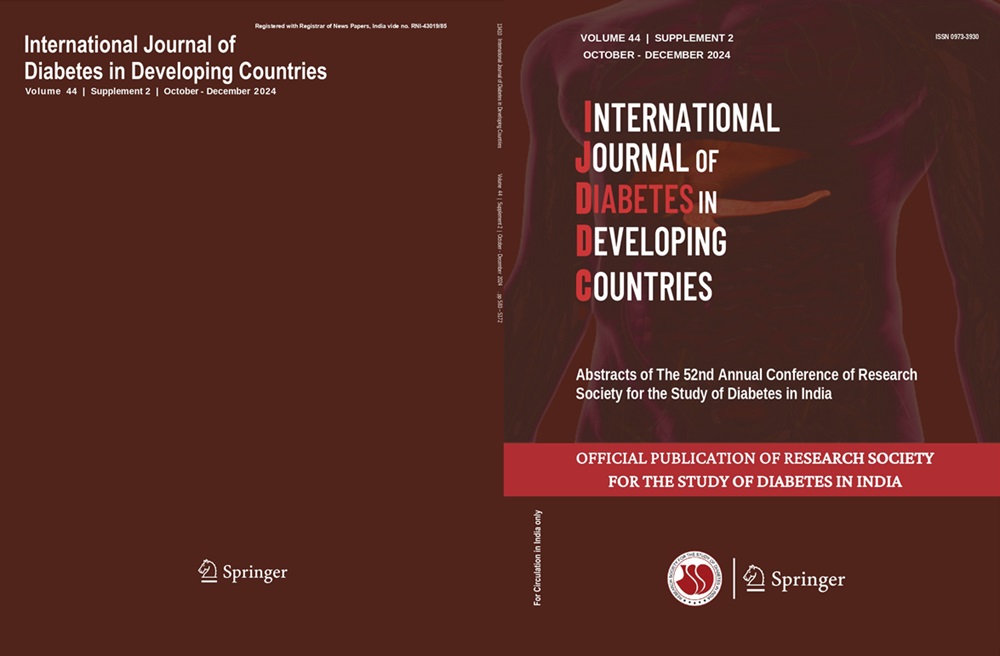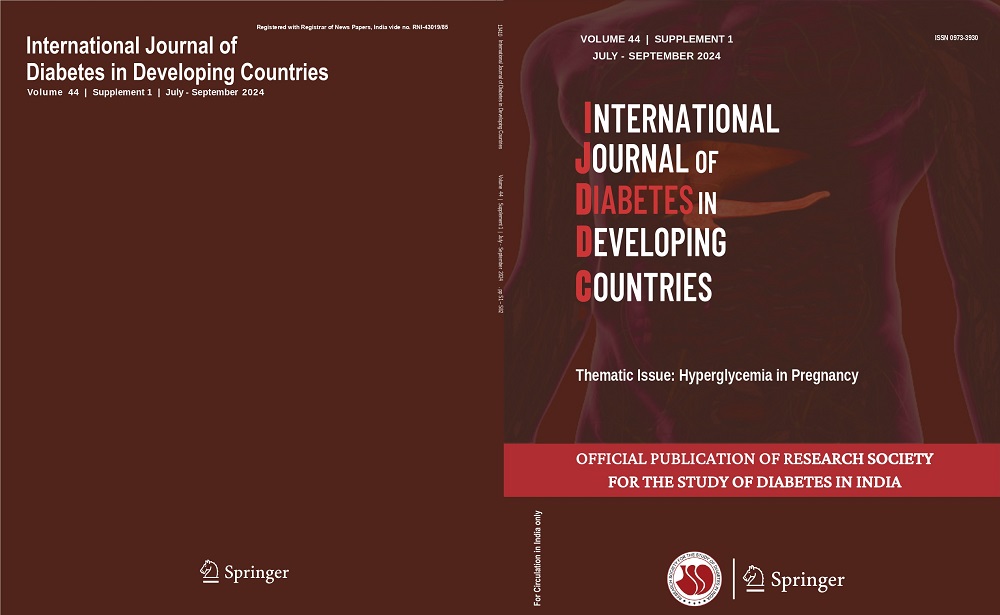Santhosh Kumar Mallela, Kaushik Puranam, Sreedevi Neelam, Beatrice Anne, Sai Satish O, Vijaya Bhaskar M
Keywords
Lipoprotein-associated phospholipase A2 • Type 2 diabetes mellitus • Coronary artery disease • Biomarker for CAD risk and ELISA
Objective Type 2 diabetes mellitus (T2DM) is a chronic disease characterized by elevated blood glucose levels, which can result in a variety of complications, including coronary artery disease (CAD). Lp-PLA2 is a proinflammatory enzyme associated with low-density lipoprotein (LDL) particles in the circulation and is thought to be a biomarker for CAD risk.
Methods The purpose of this investigation was to evaluate the diagnostic utility of serum lipoprotein-associated phospholipase A2 (Lp-PLA2) levels in type 2 diabetes mellitus (T2DM) patients with and without coronary artery disease (CAD). Utilizing receiver operating characteristic (ROC) curves, the diagnostic efficacy of Lp-PLA2 was evaluated.
Results Lp-PLA2 levels were substantially higher in T2DM patients without cardiovascular disease (146.7 ng/mL 88.4) compared to HC (103.3 ng/mL 21.7) and T2DM + CAD (124.31 ng/mL 11.7). There was no statistically significant correlation between Lp-PLA2 levels and age, Hba1c, LDL, or Lp(a) in T2DM patients without CAD. Lp-PLA2 levels were not significantly associated with age (p = 0.97), HbA1c (p = 0.41), LDL (p = 0.59), or Lp(a) (p = 0.56), as determined by multiple linear regression analysis. The area under the curve (AUC) for Lp-PLA2 in T2DM without CAD was calculated to be 0.76, with a 95% confidence interval (CI). The sensitivity and specificity of a termination point of > 115 ng/mL were 0.70 and 0.68, respectively. For patients with T2DM + CAD, the AUC was 0.73 with a 95% confidence interval, and a threshold point of > 115 ng/mL yielded sensitivity and specificity values of 0.73 and 0.75, respectively.
Conclusions In T2DM patients with or without CAD, serum Lp-PLA2 concentrations may serve as a diagnostic marker. The cutoff value of > 115 ng/mL exhibited excellent sensitivity and specificity, especially in T2DM patients without CAD. This finding suggests the clinical utility of Lp-PLA2 as a diagnostic tool for identifying those at risk for CAD in the context of T2DM.




